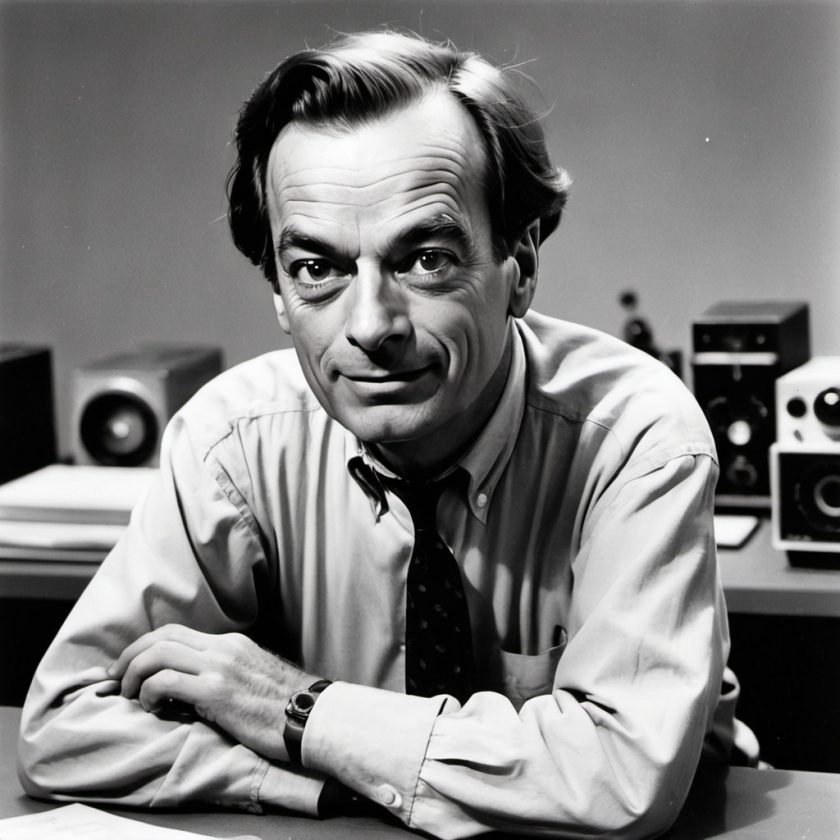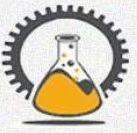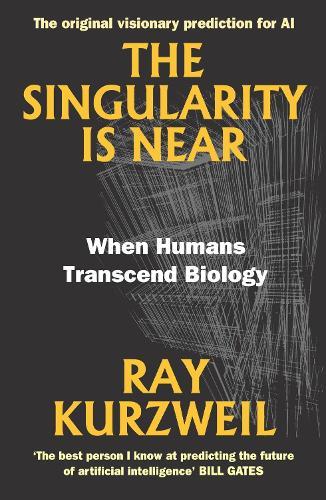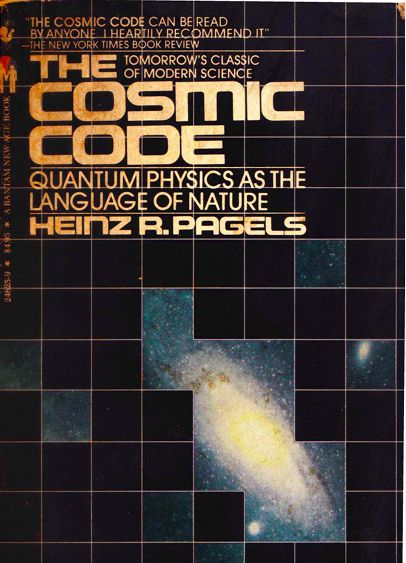
This document is a written version of a speech given by Richard P. Feynman in 1959, huge shout out to Michigan State University for putting this over internet.
Feynman talked about the exciting potential of working with tiny things. He believed that there is a lot we can discover in this area, even though it isn’t directly about basic physics. He was sure that looking into this area could help us grasp difficult subjects more easily and could have many useful applications. Below are some of the ideas covered by him:
1) Miniaturization of Information: He suggested storing huge amount of data or information in nano space, such as writing the in-depth Encyclopedia Brittanica on the head of a pin. And he also gave a doable solution – by using different metals to create dots and dashes in a cube. Morse code over layered structure!
2) Reading and Writing at Small Scales: For storing info at such a small scale would require tools accordingly, he proposed to use focused ion beams, photo processes and electron beams. Quite like nanofabrication, which we see today in semiconductor manufacturing and microfabrication!
3) Improving the Electron Microscope: High-end electron microscope with a capacity to see even see atomic scale tiniest individual atoms. If such an invention is created, he said, it would revolutionise other fields like biology and chemistry. Making an electron microscope 100 times better at focusing would allow it to take images at an incredibly small scale, even smaller than one ten-billionth of a meter. Such tech is used today in:
• Atomic-Scale Imaging
• Chip Manufacturing
• Cryo-Electron Microscopy (Cryo-EM)
• Imaging Qubits
• Nanoscale Magnetism
4) Miniaturization of Machines: Feynman suggested to develop tiny machines and computers using parts that are just 10 to 100 atoms wide. This idea used to sound like something from a science fiction story, but it’s starting to come true. All this is happening today in:
• Single-Atom Transistors,
• Quantum Dots & Carbon Nanotubes
• IBM’s Atomic Storage
• DNA Origami
• Biological Nanorobots
• Self-Assembling Nanostructures
5) Manufacturing Processes: He discussed evaporation techniques to build circuits and master-slave systems to create smaller machines.
He suggested using evaporation to apply materials in specific shapes for making small circuits. This idea is a key part of today’s methods for creating tiny electronic components in the tech industry today. The idea of master-slave systems might be one of the first ways to think about building things from the ground up or in layers at a very small scale. The first thing that comes to my mind is nano robots that are designed to create or copy smaller machines, mimicking biological processes like DNA replication.
6) Atomic Arrangement: Once we have scaled at the workings of atomic level, we could, said Feynman, be able to create materials with new properties. He also highlighted the opportunities that exist at the atomic level, where the strange rules of quantum mechanics influence how atoms behave.
Creating materials with new properties are explored today like Graphene and Carbon Nanotubes. While, scientists have leveraged the strange rules of quantum mechanics to make breakthroughs like, Quantum Computing and Quantum Dots.
Takeaway
Feynman liked to solve problems in a fun and curious way, this shows that he enjoyed learning and exploring just for the sake of it – an intellectual freedom! Although his ideas might seem advanced at that time but he was sure that these scientific advancements will see the day and eventually lead to real-world improvements.
He had the ability to work through a thought experiment and arrive at detailed and quantified conclusions – I wish I could vibrate that high!



